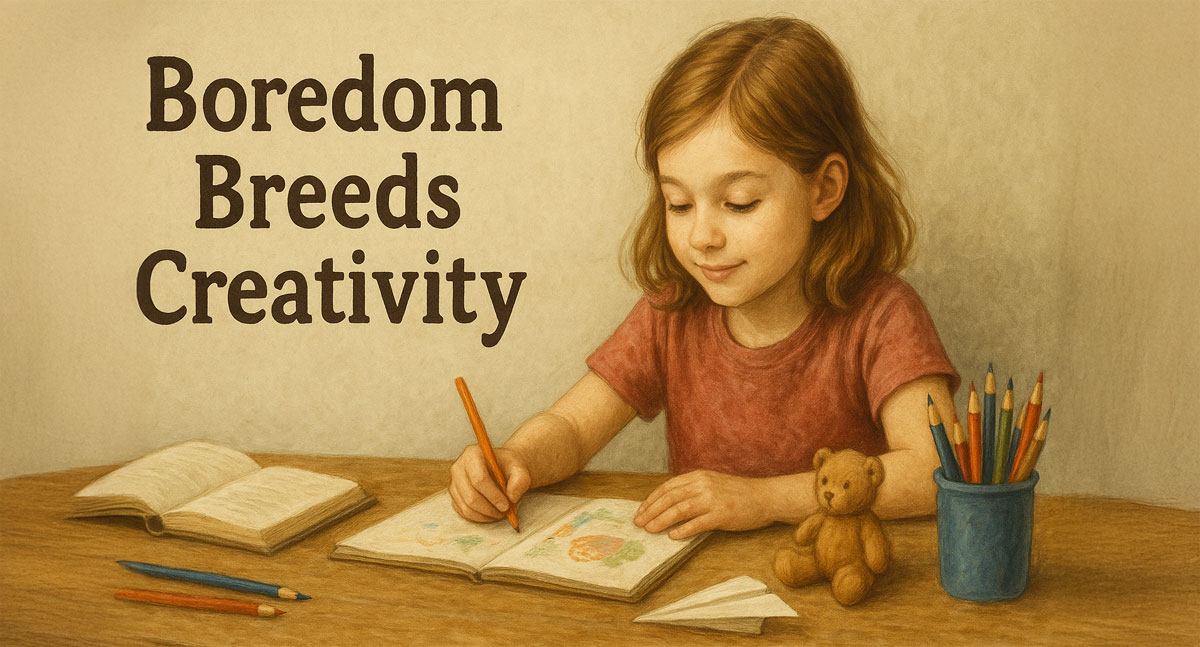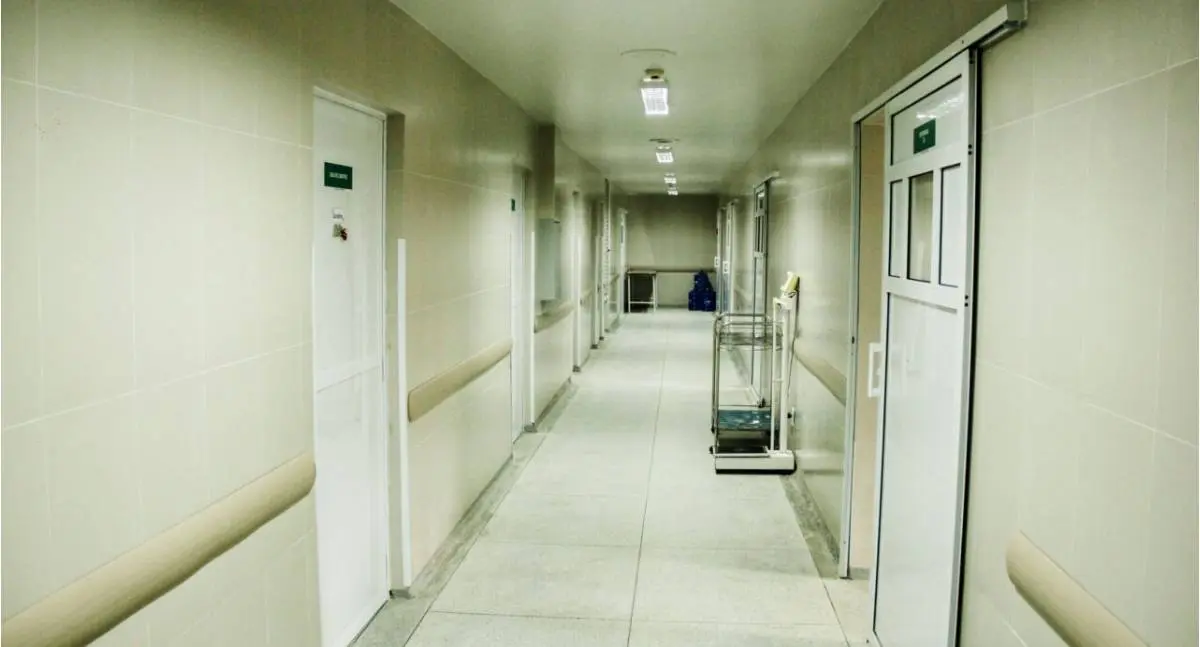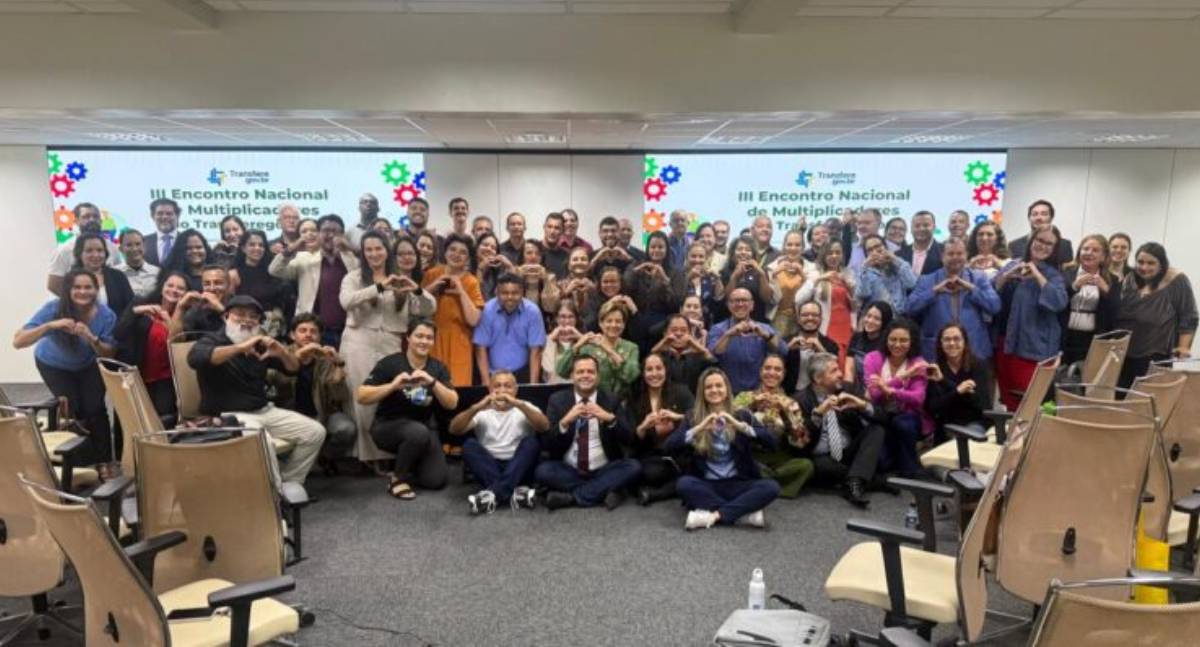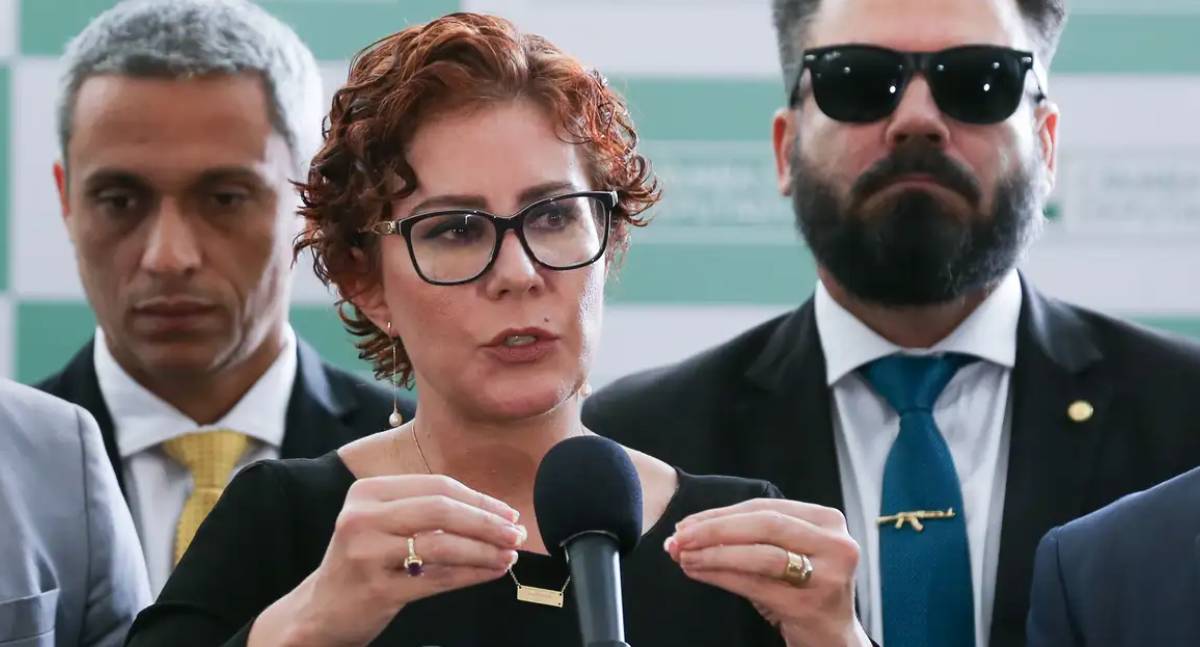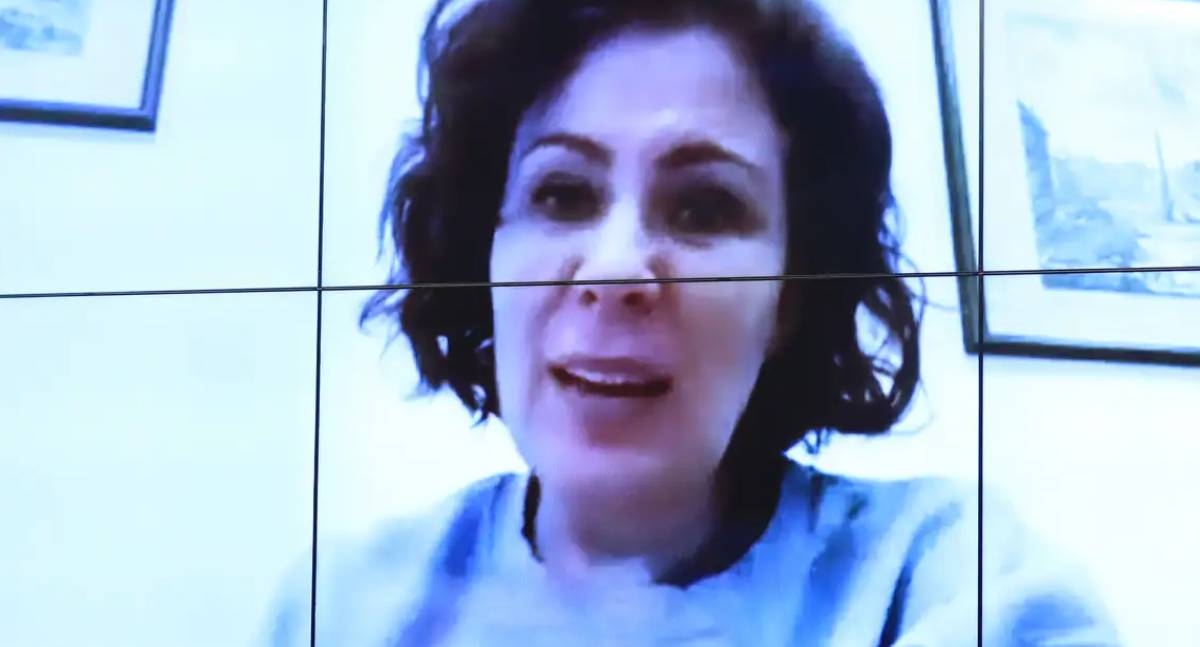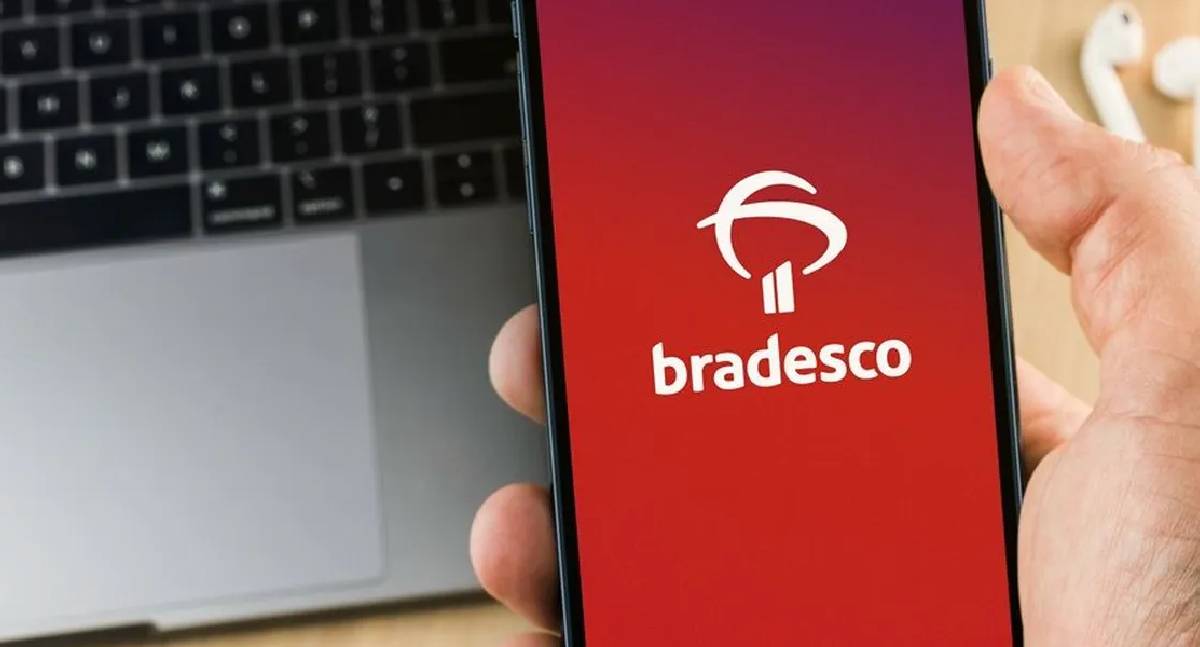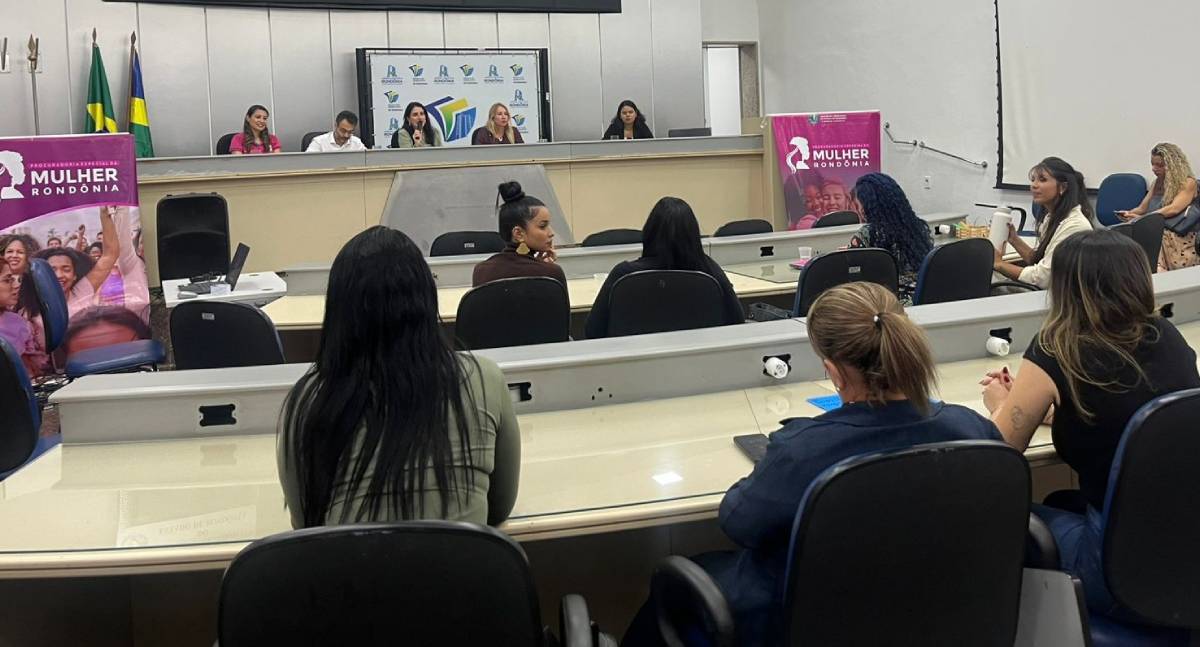Como professora de inglês há 13 anos, venho observando as diferenças entre as gerações. Notei como crianças e adolescentes de hoje brincam, interagem e conversam menos. Ao refletir, voltei aos anos 90, a geração millennial, nascida aproximadamente entre 1981 e 1996, uma época em que brincar na rua, jogar bets, bolinha de gude ou soltar pipa era algo comum.
Passei minha infância longe de smartphones e tablets (porque estava muito longe essa tecnologia). O máximo que tínhamos era uma televisão de tubo e um videogame com duas fitas, que precisavam ser assopradas para funcionar, além de muita fé para que a energia não acabasse bem na hora da novela das oito.
Nos anos 90 não havia espaço para amadores: aos domingos, só tínhamos duas opções: assistir ao Domingão do Faustão ou ao Domingo Legal. Tudo era mais simples. Aprendíamos a conviver com o tédio enquanto esperávamos passar intermináveis propagandas para ver o Brasil conquistar o tetracampeonato em 1994, ou a lidar com a ansiedade de tirar uma foto e esperar semanas (ou até meses) para que nossos pais revelassem… e então descobrir que os negativos estavam queimados.
Hoje, com a internet no celular, vivemos em um mundo altamente ansioso. No entanto, vemos cada vez mais adolescentes e crianças com depressão e ansiedade. Sempre que entro em salas de espera ou praças de alimentação, pergunto-me: por que as crianças precisam tanto ficar diante de telas?
O tédio, antes um incômodo, é na verdade uma porta aberta para a criatividade. Crianças e adolescentes que não passam 24 horas diante de uma tela tendem a ser mais calmos, atentos, coordenados e a ouvir mais pais e professores.
Agora que sou mãe de uma menina de 3 anos, entendo por que muitos pais recorrem às telas: é fácil, dá tempo para descansar ou organizar algo. Ainda assim, preferi investir no desenvolvimento psicomotor e intelectual dela. Até os 2 anos, nada de telas; depois disso, no máximo 1 hora por dia e nada de celular.
O que ela mais ama são os livros. Quando saímos, levo brinquedos e histórias para folhear.
Como professora, percebo que crianças e adolescentes precisam, acima de tudo, de atenção e conversa. Cuidar hoje da saúde emocional e intelectual é plantar para que as futuras gerações colham equilíbrio, criatividade e humanidade.
Boredom Breeds Creativity
As an English teacher for 13 years, I’ve been observing the differences between generations. I’ve noticed that today’s children and teenagers play, interact, and talk less.
Reflecting on this, I went back to the 90s the millennial generation, born roughly between 1981 and 1996 a time when playing outside, having street games, playing marbles, or flying a kite was common.
I spent my childhood far from smartphones and tablets (and I mean far that technology wasn’t anywhere near us yet). The most we had was a tube TV and a video game with two cartridges that had to be blown into to work plus a lot of faith that the power wouldn’t go out right in the middle of the prime-time soap opera.
In the 90s, there was no room for amateurs: on Sundays, we only had two options watch “Domingão do Faustão” or “Domingo Legal.” Life was simpler. We learned to live with boredom while sitting through endless commercials just to watch Brazil win the 1994 World Cup, or to cope with the anxiety of taking a photo and waiting weeks (or even months) for our parents to develop it… only to find out the negatives were ruined.
Today, with the internet on our phones, we live in a highly anxious world. Yet we see more and more children and teenagers with depression and anxiety. Whenever I’m in a waiting room or a food court, I ask myself: why do kids feel such a strong need to be in front of a screen?
Boredom, once seen as a nuisance, is actually an open door to creativity. Children and teens who don’t spend 24 hours a day in front of a screen tend to be calmer, more attentive, better coordinated and more willing to listen to parents and teachers.
Now that I’m a mother to a 3-year-old girl, I understand why many parents resort to screens: it’s easy, it gives you time to rest or get things done. Still, I chose to invest in her psychomotor and intellectual development. Until she was 2, no screens at all; after that, a maximum of 1 hour a day and no cell phone. What she loves most are books. When we go out, I bring toys and stories for her to flip through.
As a teacher, I realize that children and teenagers need, above all, attention and conversation. Taking care of their emotional and intellectual health today is planting the seeds so that future generations can harvest balance, creativity, and humanity.

